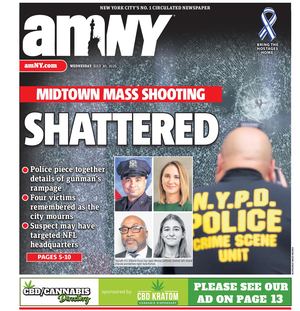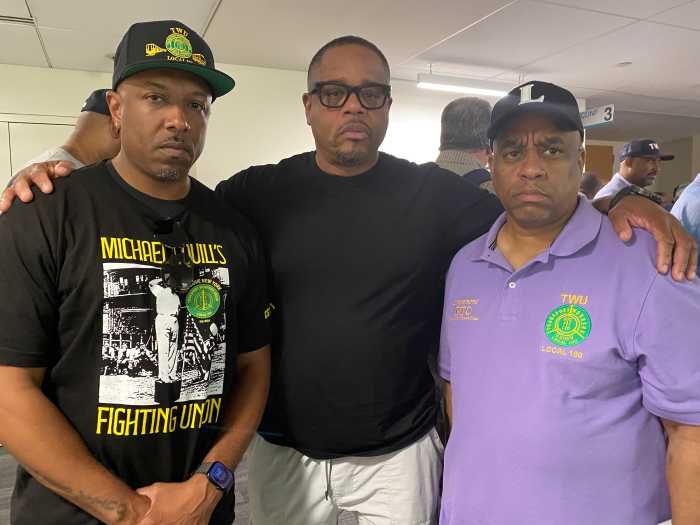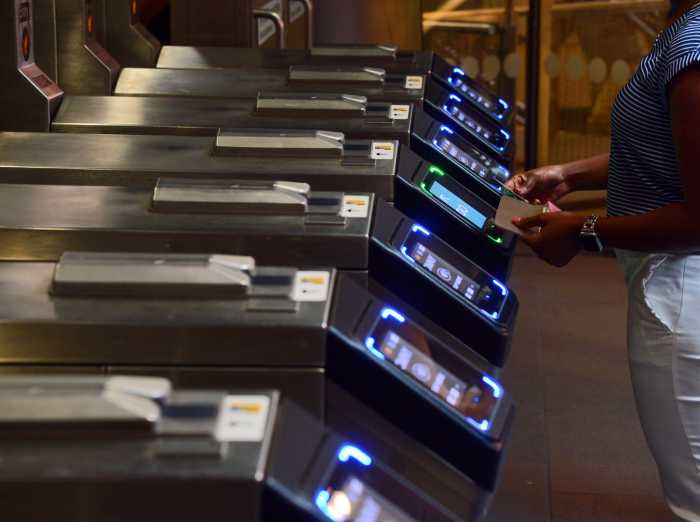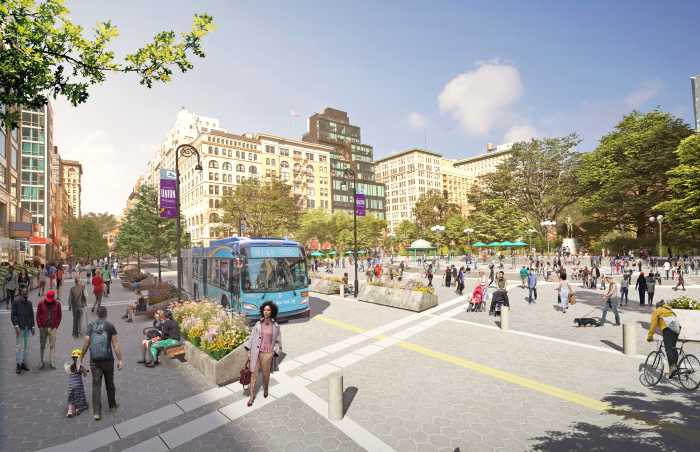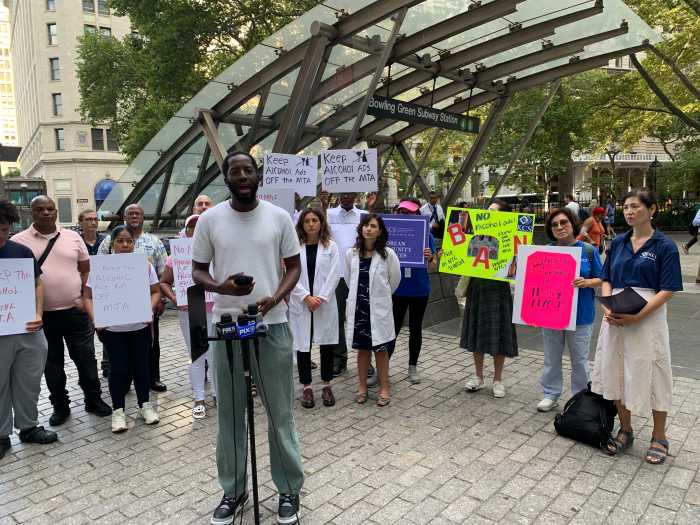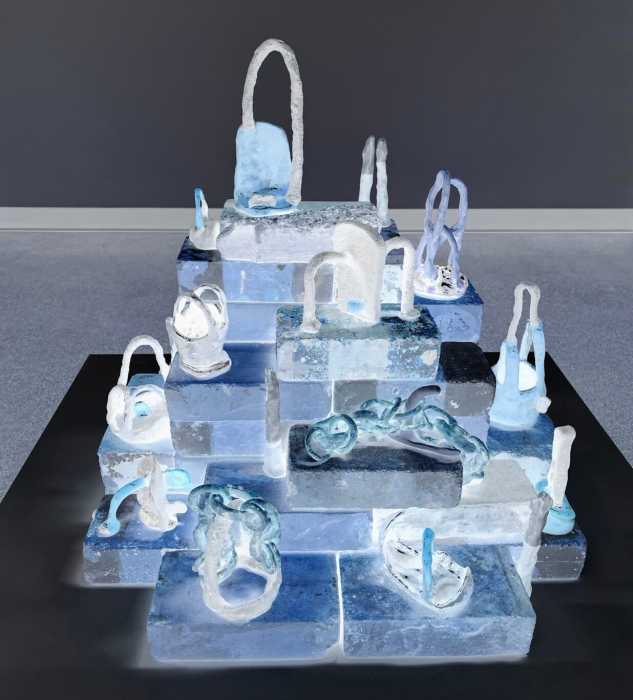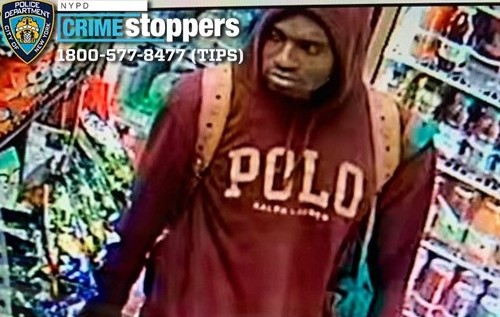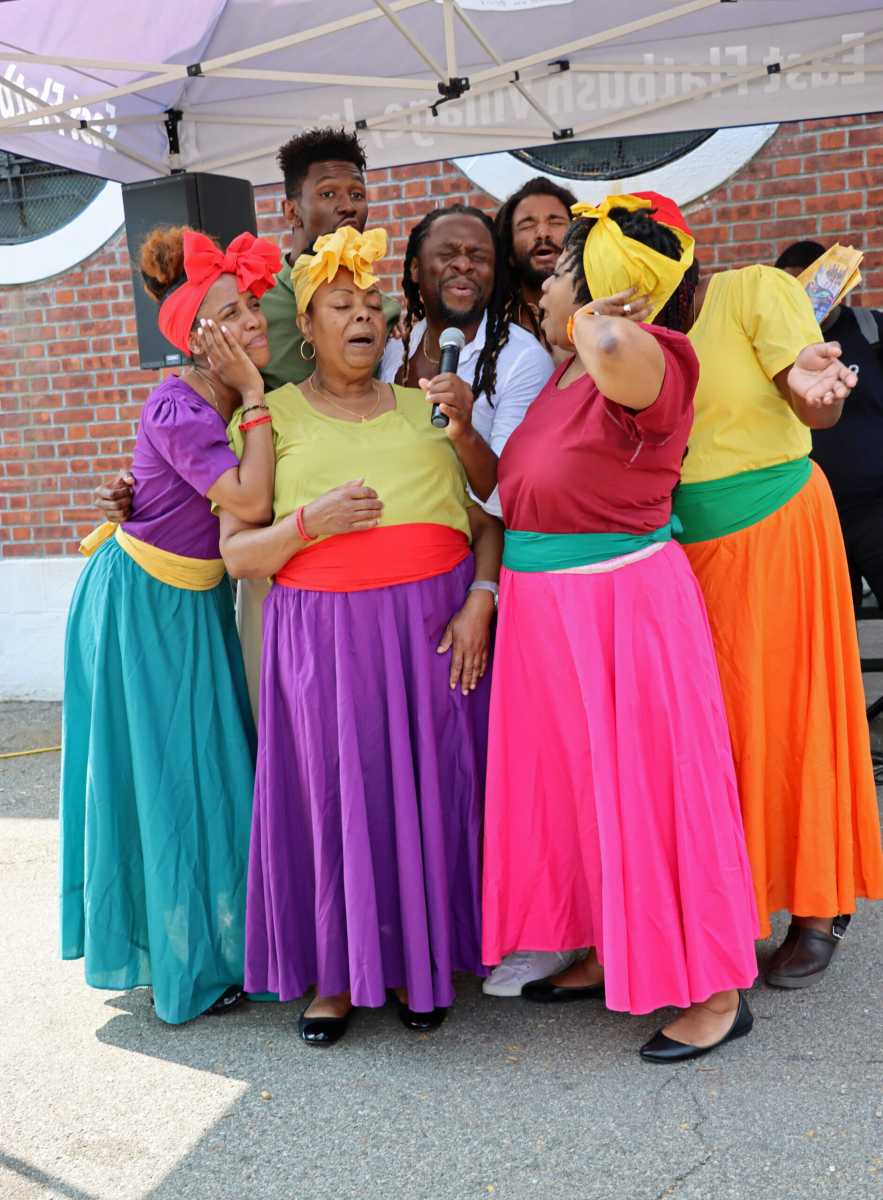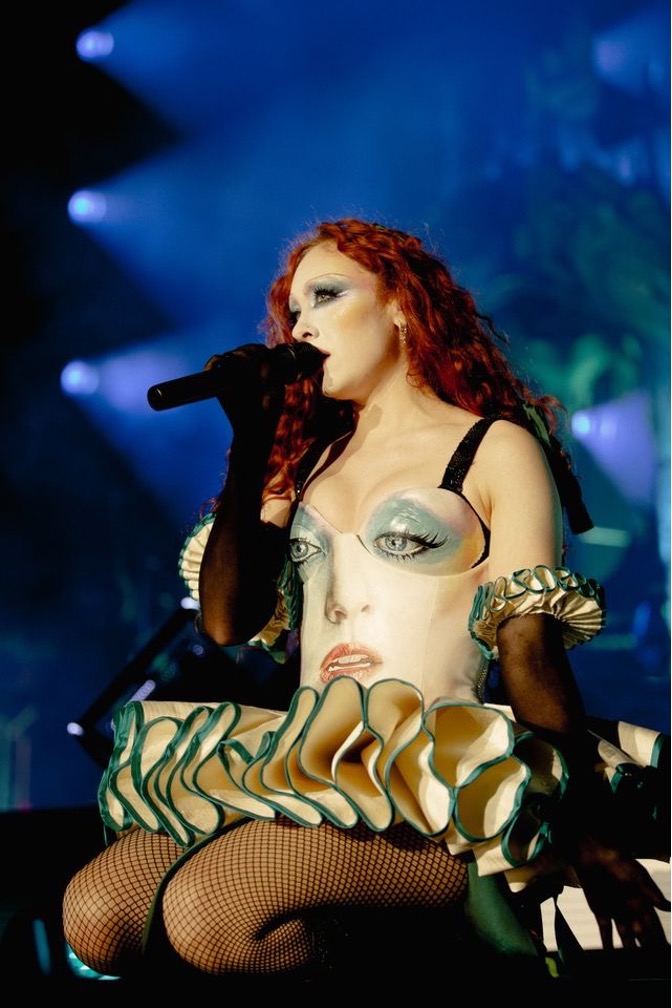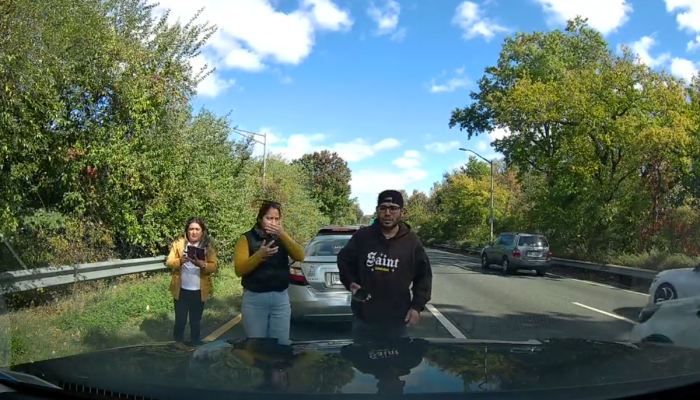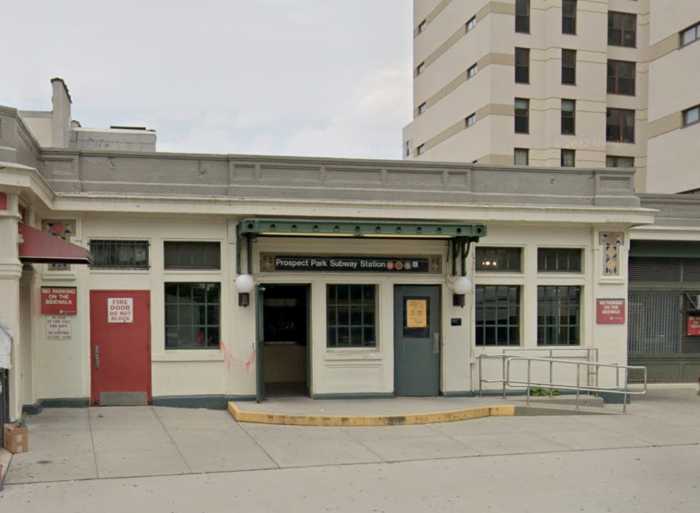Commuter rail riders will soon be able to swipe into the subway with their mobile phones — no MetroCard required.
The MTA has begun testing mobile phone payments at subway turnstiles as an expansion of its eTix app for Long Island Rail Road and Metro-North riders, amNewYork has learned.
A turnstile in lower Manhattan’s Bowling Green station has been retrofitted with a scanner — similar to a QR code reader — for an internal testing period, according to MTA spokesman Kevin Ortiz. The agency plans to roll out the scanners at turnstiles in 14 key stations around the city before the end of the year, he said.
“We have started to test these readers as part of the scheduled eTix expansion that will allow Long Island Rail Road and Metro-North railroad customers to purchase a joint railroad and subway ticket using their mobile phone,” Ortiz said. “It’s part of our efforts to create a 21st century transit system that embraces innovation to improve the customer experience.”
The expansion serves as a pilot for what will eventually be a long phase-out of the MetroCard. Considered a novel innovation in the 1990s, the MetroCard is now a relic as more transit agencies are adopting modern payment options that allow riders to pay through apps, bank or proprietary cards.
“From my point of view this can’t come soon enough. There are a lot of issues with MetroCard — from the ‘please swipe again here’ message, the stripe wearing out,” said board member Andrew Albert. “Other cities are doing this and we’re a little late to the game — but there are lots of different possibilities.”
Subway turnstiles at Grand Central and Penn Station will feature the readers, as will Atlantic Avenue-Barclays Center and 14th Street-Seventh Avenue. It’s not clear how much the retrofitting would cost or what percentage of turnstiles in the chosen stations will be equipped.
Nick Sifuentes, executive director at the Tri-State Transportation Campaign, welcomed the testing and said it will be important for the MTA to consider technology that will expand options for riders — scanners that will also read bank card chips or proprietary cards.
“I think this is a good step toward figuring out a 21st century replacement for a MetroCard technology,” said Sifuentes, who had not seen the reader. “It’s important to incorporate these sorts of measures on buses, too. All-door boarding is important and these sort of mobile device payments can let riders board any door of the bus to save time.
“The MetroCard has been a great tool, but it’s outlived its usefulness,” he continued. “Cities from London to Los Angeles are definitely, at this point, ahead of the MTA in terms of fare technology and it’s good that we’re thinking of how to catch up.”
